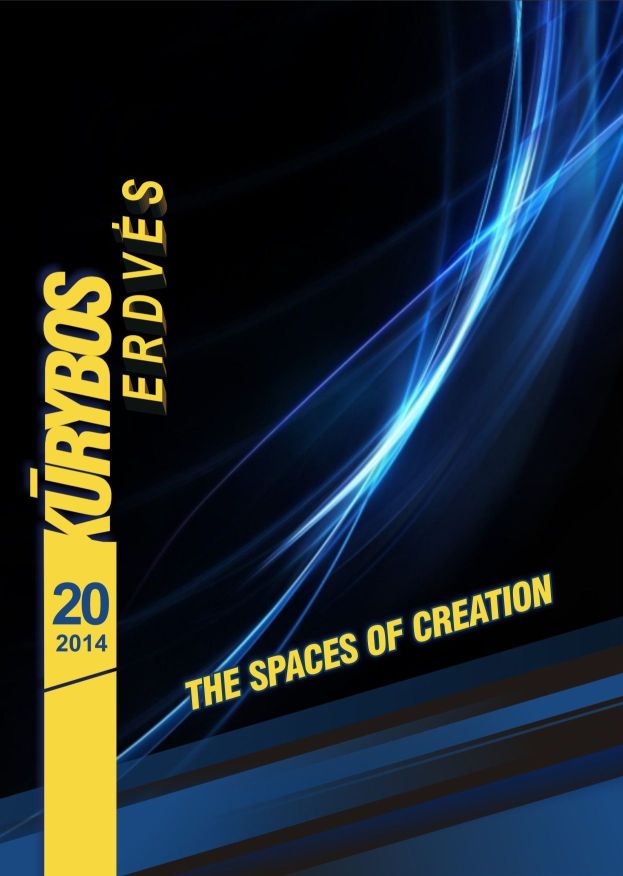Japonizmo ir japoniškumo sklaida fin-de-siècle Europoje ir jų įtaka dailei ir muzikai
Japonisme and Japonaiserie in Fin-de-siècle Europe and its Influence on Art and Music
Author(s): Yumiko NunokawaSubject(s): Fine Arts / Performing Arts
Published by: VšĮ Šiaulių universiteto leidykla
Keywords: Japonisme; japonaiserie; Čiurlionis; Młoda Polska; Mir Iskusstva; Hiroshige; Hokusai.
Summary/Abstract: The aesthetic trend Japonisme was introduced into fin-de-siècle Europe mainly through the International Exhibition in London (1862) and the Exposition Universelle in Paris (1867), and gradually reached other major cities in Europe. Japonisme was often distinguished from japonaiserie, the European imagery of Japanese fashion and objects. Japonisme and japonaiserie had a strong impact on the aesthetic concepts of Western art as well as music, operas and operettas, challenging their traditional ways of perception. Not only painters but also composers were fascinated by oriental images. Opera, operetta or music based on the mythical images of Japan, adoption of Japanese music motifs or Japanese waka, and poetry composed by Camille Saint-Saëns (1835-1921), Arthur Sullivan (1842-1900), André Messager (1853-1929), Pietro Mascagni (1863-1945), Giacomo Puccini (1858-1924), Gustav Holst (1874-1934) and Igor Stravinsky (1882-1971) will also be introduced.
Journal: Kūrybos erdvės
- Issue Year: 2014
- Issue No: 20
- Page Range: 80-91
- Page Count: 12

